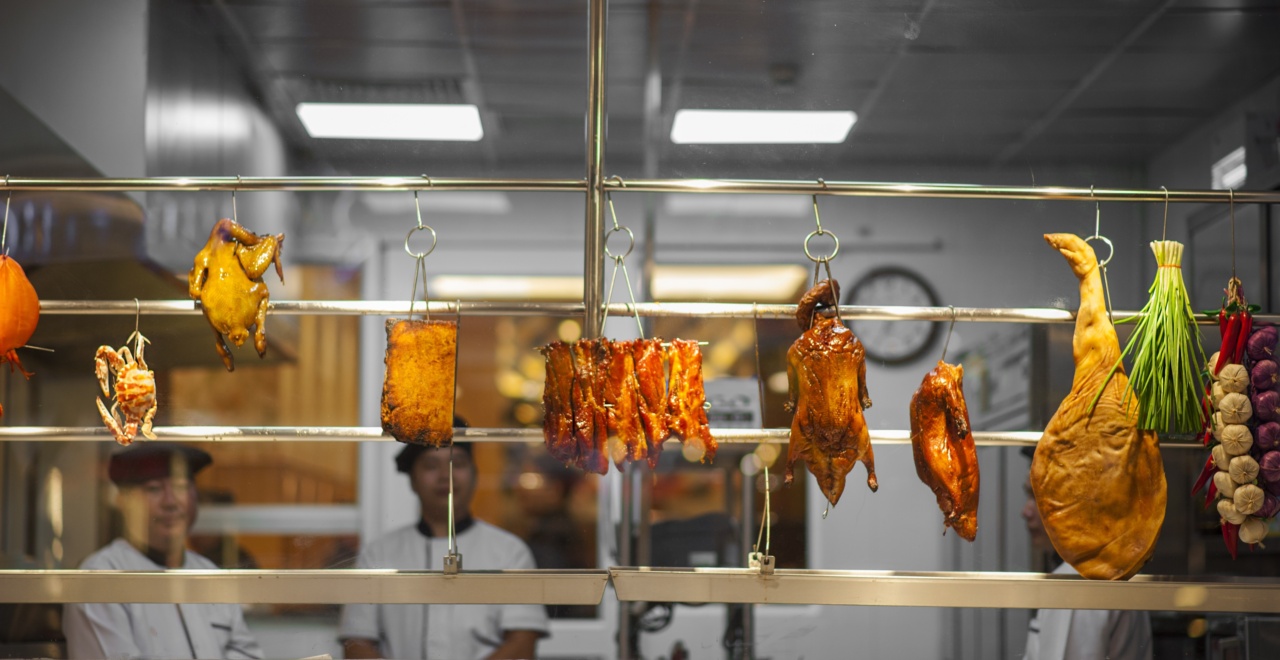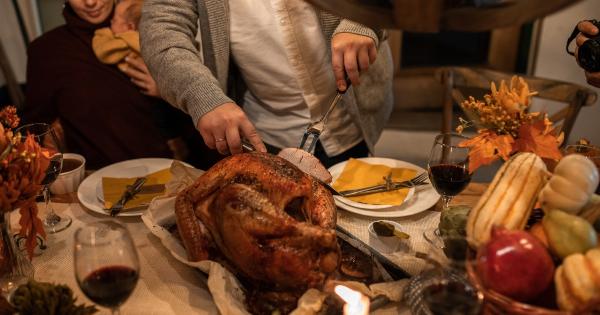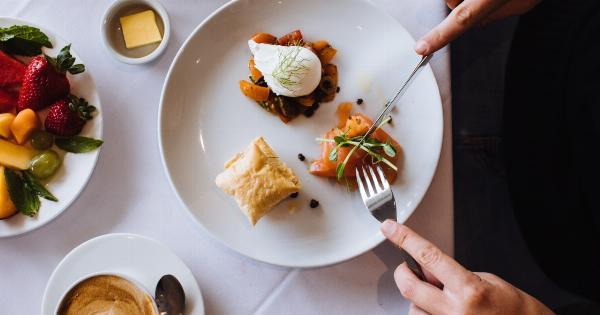Thanksgiving is just around the corner, and for many households, a roasted turkey is the centerpiece of the festive meal. However, it’s important to remember that handling and cooking turkey requires special attention to ensure food safety.
Improper handling and cooking of turkey can lead to foodborne illnesses, ruining your holiday celebrations. To help you serve a delicious and safe turkey this year, here are some essential tips to follow:.
1. Purchasing the Turkey
When buying a turkey, ensure that it is fresh, and the packaging is intact. Check the sell-by date to make sure it is still safe to consume.
If you’re purchasing a frozen turkey, choose one that is solidly frozen with no signs of thawing or ice crystals forming.
2. Thawing the Turkey
If you bought a frozen turkey, it’s important to thaw it safely. The best method is to thaw it in the refrigerator. Make sure there is a tray underneath the turkey to catch any drippings. Allow 24 hours of thawing time for every five pounds of turkey.
Alternatively, you can use the cold water method, immersing the turkey in its original packaging in cold water, changing the water every 30 minutes. This method takes about 30 minutes per pound.
3. Storing the Turkey
If you’re not cooking the turkey immediately, store it in the refrigerator at a temperature below 40°F (4°C). Keep it in its original packaging or place it in a leak-proof plastic bag to prevent any raw juices from contaminating other foods.
Avoid storing the turkey on the top shelf to prevent cross-contamination, as drippings can fall onto other items.
4. Preparing the Turkey
Before handling the turkey, make sure your hands and cooking surfaces are clean. Remove any packaging materials and giblets from the turkey’s cavities. Rinse the turkey thoroughly with cold water and pat it dry using paper towels.
Avoid washing the turkey in the sink, as it can lead to the spread of bacteria to other surfaces.
5. Stuffing the Turkey
If you choose to stuff your turkey, do so just before cooking. Ensure that the stuffing is prepared separately and at a safe temperature before placing it inside the turkey.
Stuff the turkey loosely to allow heat to circulate, as overpacked stuffing can promote bacterial growth and uneven cooking.
6. Cooking the Turkey
It’s crucial to cook the turkey thoroughly to kill any bacteria present. Set the oven temperature to at least 325°F (163°C) and use a meat thermometer to ensure the internal temperature reaches an appropriate level.
The thickest part of the turkey thigh should reach 165°F (74°C), while the stuffing inside the turkey should reach a minimum temperature of 165°F (74°C) as well.
7. Basting and Handling During Cooking
During the cooking process, baste the turkey every 30 minutes to enhance its flavor and maintain moisture. However, each time you open the oven door, you increase the cooking time. Therefore, limit the number of times you baste.
When handling the turkey, use clean tongs, forks, or oven mitts to avoid cross-contamination.
8. Carving and Serving the Turkey
After removing the turkey from the oven, allow it to rest for around 20 minutes to allow the juices to redistribute. Use clean utensils and a clean cutting board to carve the turkey.
Serve the turkey immediately after carving to maintain its warmth and prevent microbial growth.
9. Storing Leftover Turkey
Refrigerate any leftover turkey within two hours of cooking to prevent bacterial growth. Place the leftovers in shallow containers to cool rapidly. Consume the leftovers within 3-4 days or freeze them for later use.
When reheating, ensure the turkey reaches a minimum internal temperature of 165°F (74°C).
10. Cleaning Up
After the feast, clean and sanitize all surfaces, utensils, and cutting boards that came into contact with raw turkey or its juices. Use hot, soapy water or a disinfectant to eliminate any bacteria.
Conclusion
By following these safe handling and cooking tips for turkey, you can ensure a delicious and foodborne-illness-free Thanksgiving feast.
Remember to purchase a fresh or frozen turkey, thaw it safely, store it properly, prepare it following hygiene practices, cook it thoroughly, carve it correctly, and store any leftovers promptly. With these precautions in place, you’ll be able to enjoy a delightful Thanksgiving meal with your loved ones, free of any food safety concerns.




























